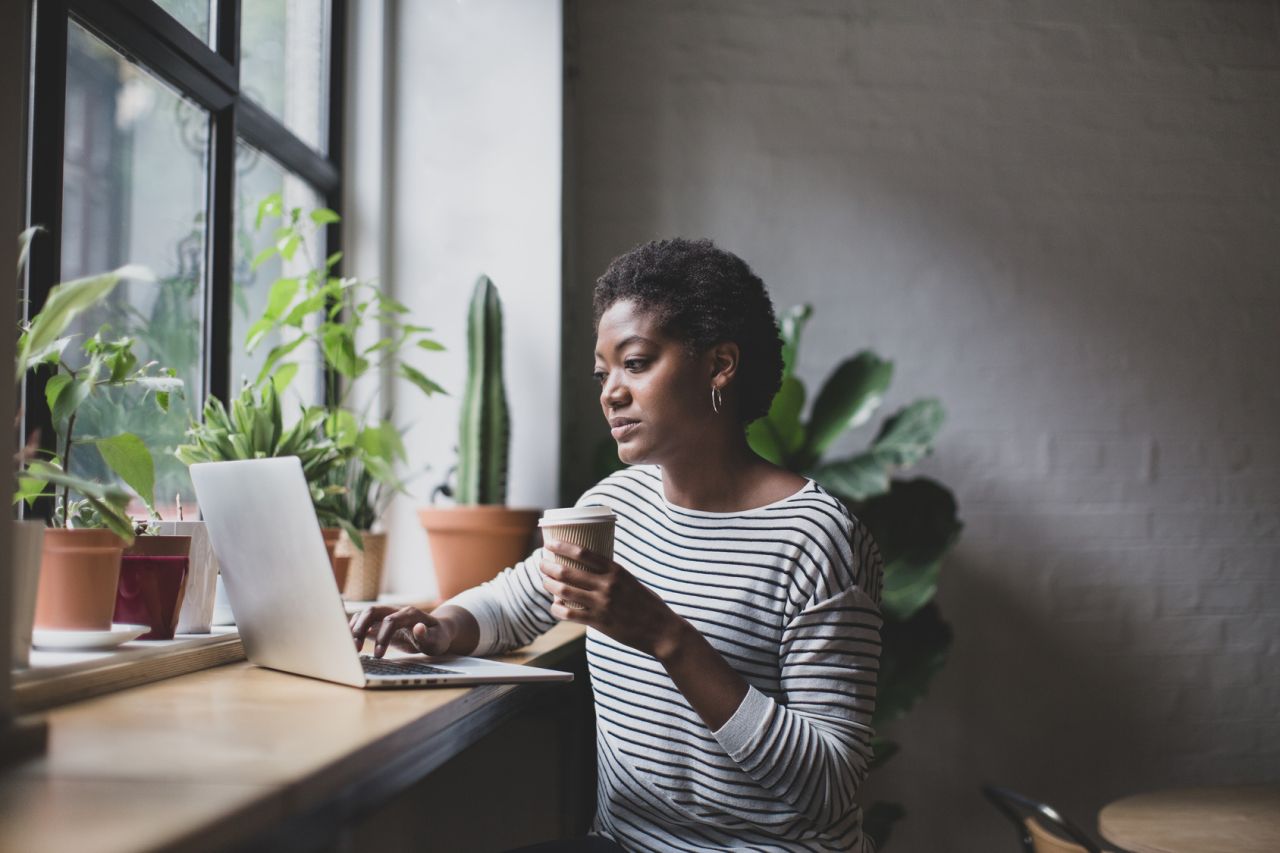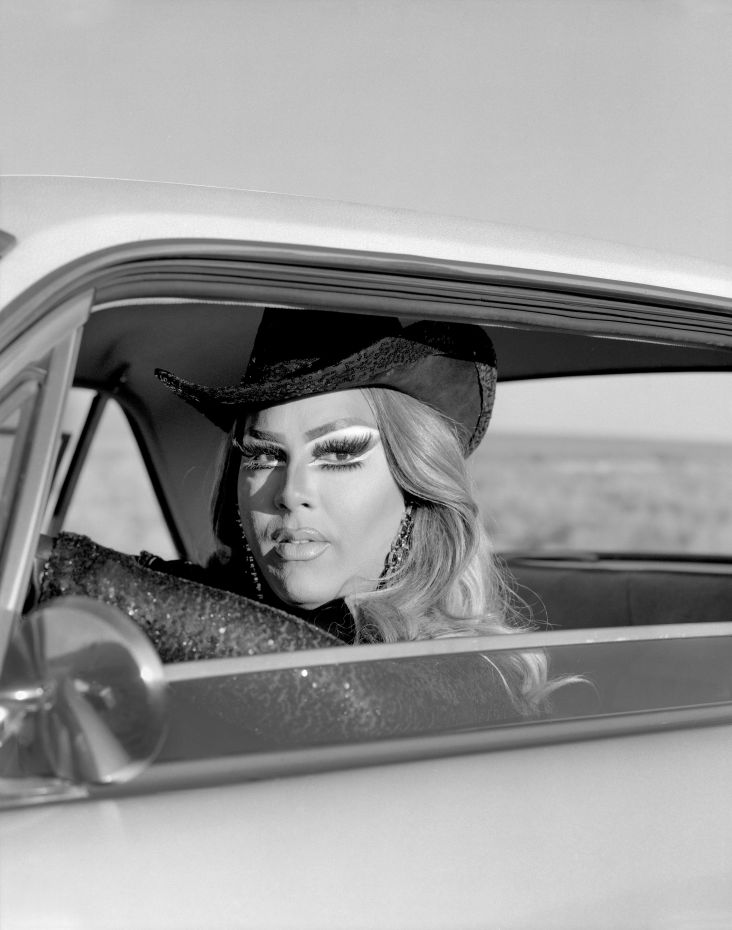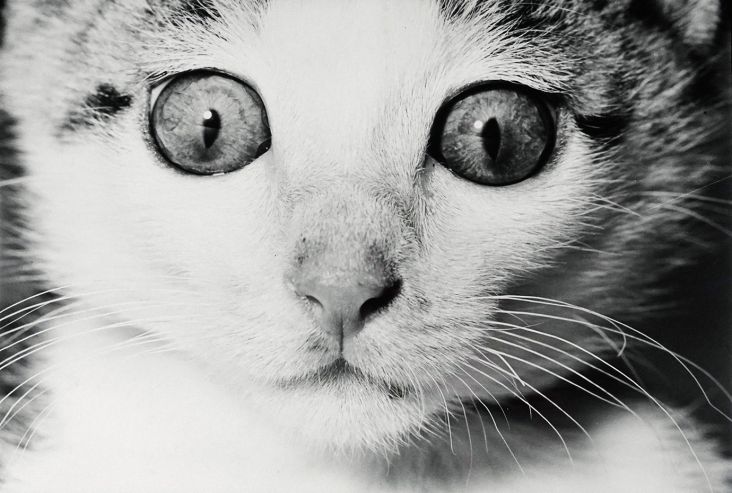Experienced freelancers share their tips for anyone going it alone in 2021
With remote working becoming the norm over the last couple of years, it seems like the perfect time for anyone who's been contemplating freelance to make their move. But what's the best way to go about it?

Image licensed via Adobe Stock
To find out, we turned to Twitter and asked the advice of creatives who've struck out on their own and never looked back. We share some of their best advice below.
1. Build experience first
Yes, it's possible to go freelance without ever working at a design studio or creative agency. But if you can build some experience in this area, it'll be of enormous use once you go freelance.
Knowledge of how to pitch, deliver on briefs, deal with clients, and even the simple act of getting emails right with clients will all make freelancing a smoother ride for you and everyone you work with. So please don't feel like you have to rush the move to freelance, nor does it have to be a sudden, absolute break from salaried employment.
As photographer and videographer Thom Bartley stresses: "You don't need to pack in your job and do it all at once. If you can start your business during some free time, then gradually reduce your hours until you can make the full switch, it's a little bit easier and safer."
2. Build a network
Yes, being freelance means you can largely work by yourself. But no one is an island, and you will need people to help you build your career. So importantly, don't underestimate anyone.
Everyone is a potential contact: even your work colleagues or people with less experience. So be civil. Build bridges rather than burning them. Keep in touch with people. Share their tweets with others. Do nice things for them.
"Networking doesn't have to be in person," points out animator and illustrator Rosie Phillpot. "I know social media isn't for everyone, but I've made so many connections from engaging with people in the industry and sharing my work online. Those connections have led to the majority of my enquiries and work."
Artist and D&AD judge June Mineyama-Smithson adds you should: "Join a community of freelancers or entrepreneur club to ask and give advice. The collective wisdom and support are wonderful. Find a co-mentor to give each other a pat on the shoulder and kick butt."
Jewellery designer Lucille Whiting couldn't agree more. "I'm lucky enough to have 'met' people via online business groups who've held my hand through some really tricky moments over the past few years," she shares. "People who've stuck up for me with trolls, and people I now consider friends. And it's fantastic to help in return."
3. Treat clients even better than the next freelancer
Success as a freelancer is partly about the work itself. But it's also about treating clients right and raising yourself in their estimation more than the average freelancer.
Part of this is about talking to each other. "Be extra communicative at every stage of the process, even if it feels over the top," recommends Rosie. "Another big lesson I've learned is to treat the most informal clients – people you know, side jobs etc. – exactly the same as any other client."
"I'm here. Do you need anything?" That simple sentence can work wonders for your freelance career. Clients are always busy, and your nudge might be just the reminder that prompts them to request more work. Another useful sentence is, "Did you also know I can do this, too?"
Get it right, and the dividends will be huge. As artist and designer Mark Leary says: "Your clients can be one of your biggest promoters and will shout your praises if you give them a reason to."
Success as a freelancer is partly about the work itself. But it's also about treating clients right and raising yourself in their estimation more than the average freelancer.
4. Learn to walk away
Obviously, you need clients to make money as a freelancer. But the wrong clients can make your life a misery. Life is short, so know your worth, and know when to walk away if the relationship isn't working.
"Get comfortable with saying no, without being rude," advises illustrator Colin Kersley. "Saying yes to everything will burn you out, lead projects in the wrong direction, or leave you working for rates that aren't equal to the value you and your work add."
Designer Rob Richardson agrees. "Sack clients early, at the first sign of any red flags," he advises. "They won't get any better, and there are plenty of good ones out there."
5. There are different ways to grow
There's no sugar-coating it: the first two years are going to be tough as you set about gaining clients – the bread and butter kind of stuff you need to pay the bills. But once you're established, you should be able to start charging higher day rates to new clients and start to reduce the number of people you're working for while getting more money overall.
Over time, you can further boost your freelance earnings in one of two ways. You could either think about expanding your services by setting up a business, hiring other freelancers and so on. Or you could go the other way and specialise. Either's good: it's about what works for you.
Despite what some people will tell you, there's nothing wrong with staying small and niche. As media trainer Scott Hamilton says: "'Grow or die' is nonsense. So many business contacts told me I had to expand, take on staff and keep expanding to be successful. It took me years to realise there's nothing wrong with 'it's just me'."
Designer Brendan Kearns agrees. "You don't need a huge team, or in some cases, a team at all, to be extremely profitable," he says. "Reframe the goal of 'scale' from one focussed on team size to one of net profit per person, without working excessive hours. Headcount is a terrible proxy for business success."
6. Have patience and don't burn out
Follow all of this advice, work hard and treat people well, and you should ultimately succeed as a freelancer. But you'll need one more thing, says graphic designer Paul Wolterink: "Endless patience. What you sow now could always come back to you in a much later stage."
Also, make sure you protect your physical and mental health along the way. "One of the best perks of freelancing is that every day can be different," notes graphic designer Mina Shah. "But after a certain amount of time, that can get exhausting – which I never thought it would. So setting some form of routine, even a rough one, is really helpful."
And most importantly, plough your own furrow and don't spend too much time comparing yourself to other freelancers. As the artist and social entrepreneur Anna B Sexton points out: "Nobody else really knows exactly what they are doing, at any stage of their business journey. We are each muddling through, learning on the job and through this evolving. Keep going; the messy is worth it in the end. Have values-based service at the heart of what you are offering."

























